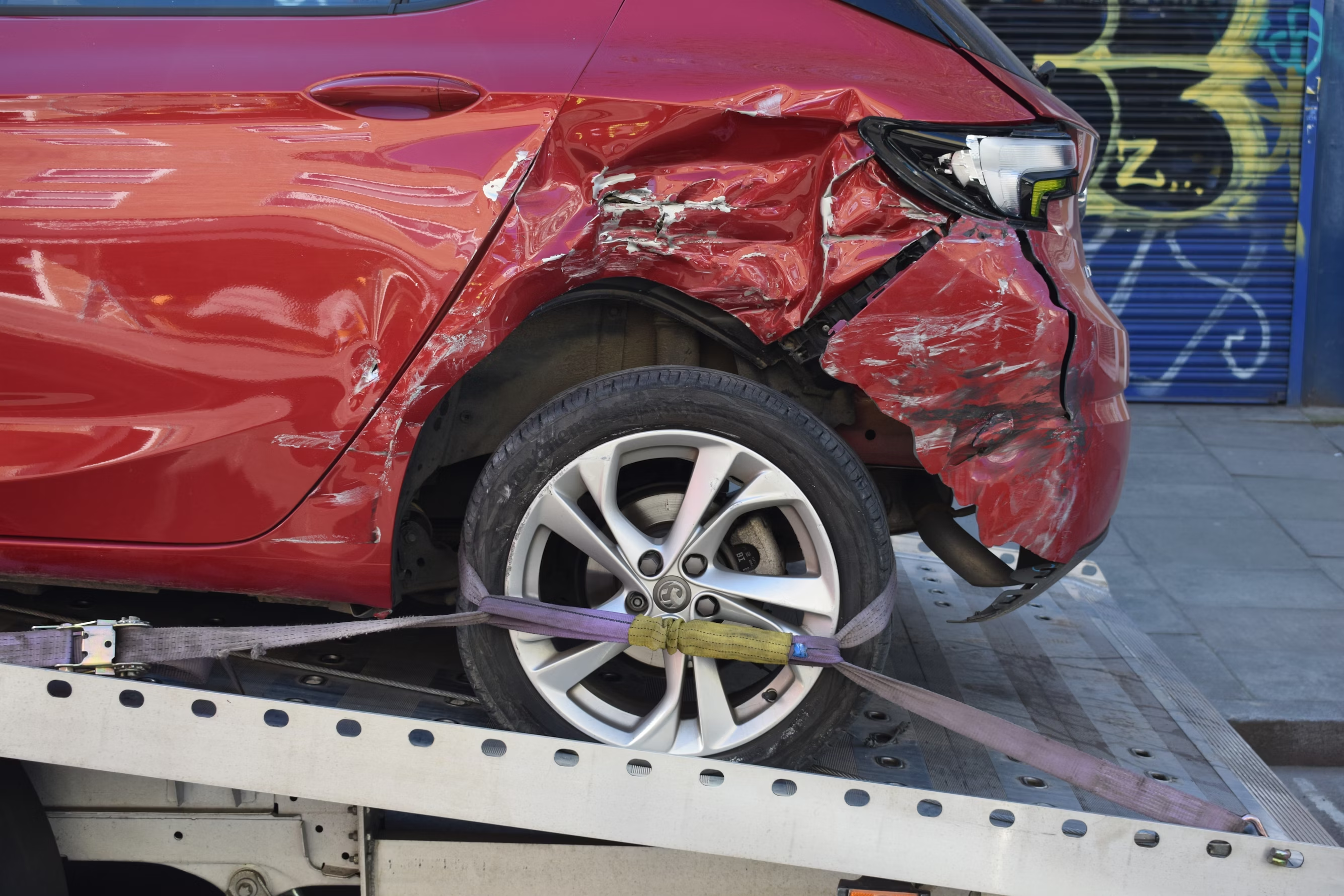
The Rise of Ride-Sharing
Ride-sharing is a rapidly growing industry across Canada. In the Greater Toronto Area alone, for instance, there are approximately 16,000 ride-sharing drivers. The most well-known ride-sharing service is Uber; drivers use the Uber app to connect with paying passengers that the drivers transport in their personal vehicles.
In April, in the face of great controversy, Ottawa city council voted to legalize ride-sharing services such as Uber under a new licensing category to take effect September 30, 2016.
Much of the controversy around Uber and other ride-sharing companies arises from concern about how ride-sharing affects personal insurance coverage. The Insurance Bureau of Canada issued a warning in fall 2014 that drivers who did not have commercial coverage on their cars were in violation of their personal insurance policies, which could result in the insurer denying the driver benefits following an accident or having inadequate liability coverage.
This concern has been addressed by Ottawa city council and by insurance companies. The latter voted that all vehicles for hire (taxis and ride-shares alike) will be required to carry a $2 million minimum in liability insurance. This comes on the heels of Ontario’s insurance regulator, the Financial Services Commission of Ontario, giving its approval to Aviva Insurance Company of Canada to offer coverage for ride-sharing. Aviva’s policy will be available to its customers with an existing personal auto policy. Aviva will use data like the driver’s record, vehicle type and claims history to calculate the additional cost, ranging between $33 to $230 per month, to the personal policy. The driver will then be covered from the time he starts looking for passengers though the pick up and drop off of his passenger(s). However, the policy will not apply to ride-sharing in excess of 20 hours a week. There is also some indication that Intact Insurance Company will be offering a similar type of policy.
Regulation of ride-sharing services may help to appease critics like taxi drivers who complained of an uneven playing field and the negative impact ride-sharing has had on their business. However, there is another competitor on the horizon. As of January 1, 2016, the province allowed for the testing of automated vehicles on Ontario roads. These are vehicles that are self-driving, relying on sensors and GPS coordinates to navigate roads. The Institute of Electrical and Electronics Engineers predict that these self-driving vehicles will make up 75 per cent of all vehicles on the road by 2040. It is certainly an interesting time to be a driver (and passenger) on Ontario roads, and our lawyers are dedicated to staying up-to-date with the evolving legal landscape that these changes bring.






Follow Us